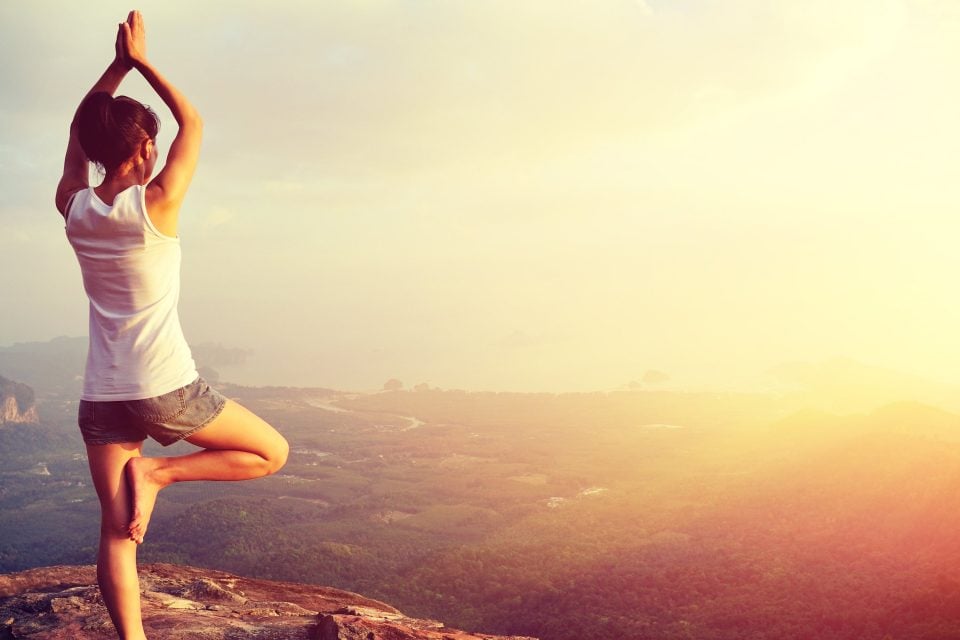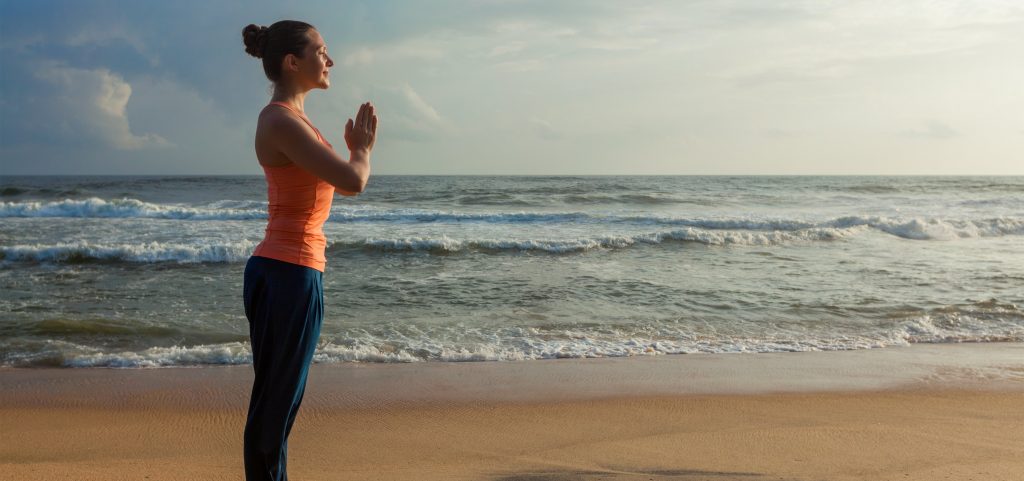Yoga practice for Vata: the best poses for your Dosha

Yoga is deeply connected with Ayurveda and, because of that, a different practice is recommended to each dosha. In this article, we tell you all about the yoga practice for Vata.
The ancient books, the Vedas, divide the three principles of vital energy, light or knowledge and unity, into Indra, Agni and Soma, respectively: air, fire and water. Summarizing, there are three primordial elements every system and in the human body: air, fire and water; and these correspond to doshas: Vata, Pitta and Kapha.
Receive all our tips by email!
Love Astrology? Subscribe Now and Receive Exclusive Content!
Ayurveda recognizes these principles as the three dosas, Vata (air), Pitta (fire) and Kapha (water/hearth). But do you know what each dosa really means and why is it related to the yoga practice you should follow?
Yoga practice for Vata
Dosha means literally fail or flaw, what causes decline. In fact, according to Ayurveda, the unbalance of the doshas is that cause for diseases.
We all have different proportions of the three doshas, which is called prakrti. When someone is considered a Vata, that means the person has an imbalance of air. To keep the right balance, people need to keep a focused life.
Yoga and Ayurveda work together: from one side the Indian medicine gives the understanding of our body and mind and how to act with it to achieve balance; and yoga gives us the necessary techniques to achieve that balance, either asanas, pranayama and meditation.

Vata dosha characteristics
Vata dosha is associated with motivation, balance, happiness, flexibility and communication.
Physically, Vata people are light, skinny and flexible; they also demonstrate extreme characteristics: really big or tiny, really dark eyes, etc. The skin is usually dry, the veins and muscles prominent, lousy blood circulation with hands and feet always cold.
On the downside, Vata tends towards fear and anxiety, detached, sensitive, but unstable.
Practice for each dosha: Vata
We practice yoga to achieve a more stable and contentment state. The goal is always to be able to sit calmly and focused for meditation, and if that doesn’t happen is because we’re doing something wrong.
There are two ways to manage the asana practice according to your dosha:
- Your attitude towards the asana: it applies to those who people who follow a universal sequence, like Ashtanga;
- Choosing different asanas.
The first aspect is more important to understand. Although yoga is fantastic, it is critical to realize that the right asana, made with the wrong intention, can end up in creating problems to the practitioner.
Generally speaking, someone with a predominance of Vata must make an effort to do the asanas in a gentle, stable and smooth way; an important note, if you are Vata, you’ll notice that naturally, you do it all wrong, so you need to keep an eye on your practice.
Vata people fall many times in excess and because of that, end up with many injuries. It’s indispensable for a Vata to keep focus, relaxed and in the present and to perform the asanas slowly and safely, without stress.
We give you some examples of poses you can choose to design your practice if you are Vata, but remember, your attitude will always be the most important.
- Surya Namaskar (without jumping)
- Tadasana
- Virabhadrasana I
- Utthita Parsvakonasana
- Utkatasana
- Padangusthasana
- Virasana
- Salabhasana
- Makarasana
- Adho Mukha Svanasana
- Arda Ekapada Rajakapotasana
- Navasana
- Marichyasana C
- Suchirandrasana
- Paschimottanasana
- Sarvangasana
- Long Savasana
With the busy and stressed life we live nowadays, Vata is the dosha that most of the times are unbalanced, even for people with the predominance of other doshas. Especially during windy seasons, pay attention to your practice, remember: root is the most important!
You may also like:
- Yoga practice for Pitta
- Yoga practice for Kapha
- Yoga: the ultimate guide for types and benefits
- 5 indispensable floor asanas for your yoga practice
- Pranayama: improve your vital energy

